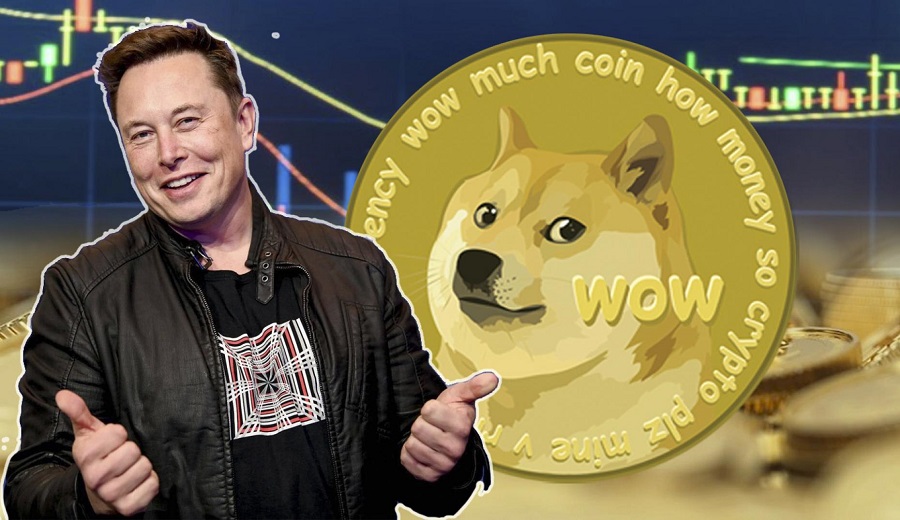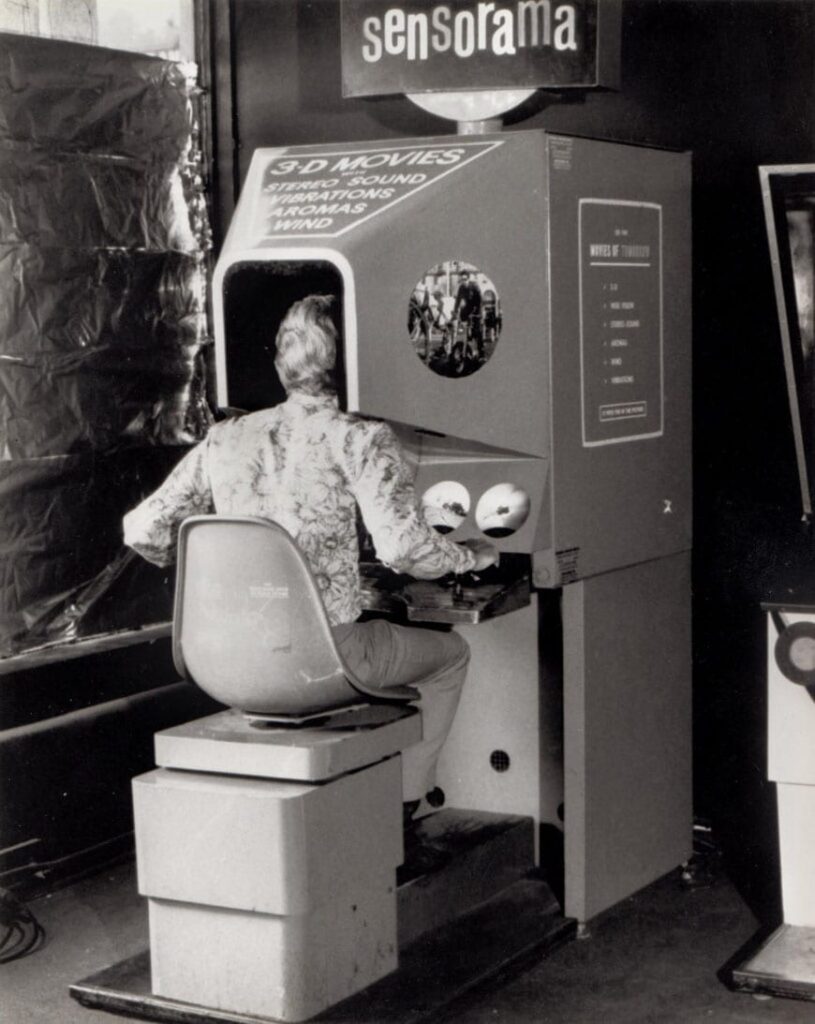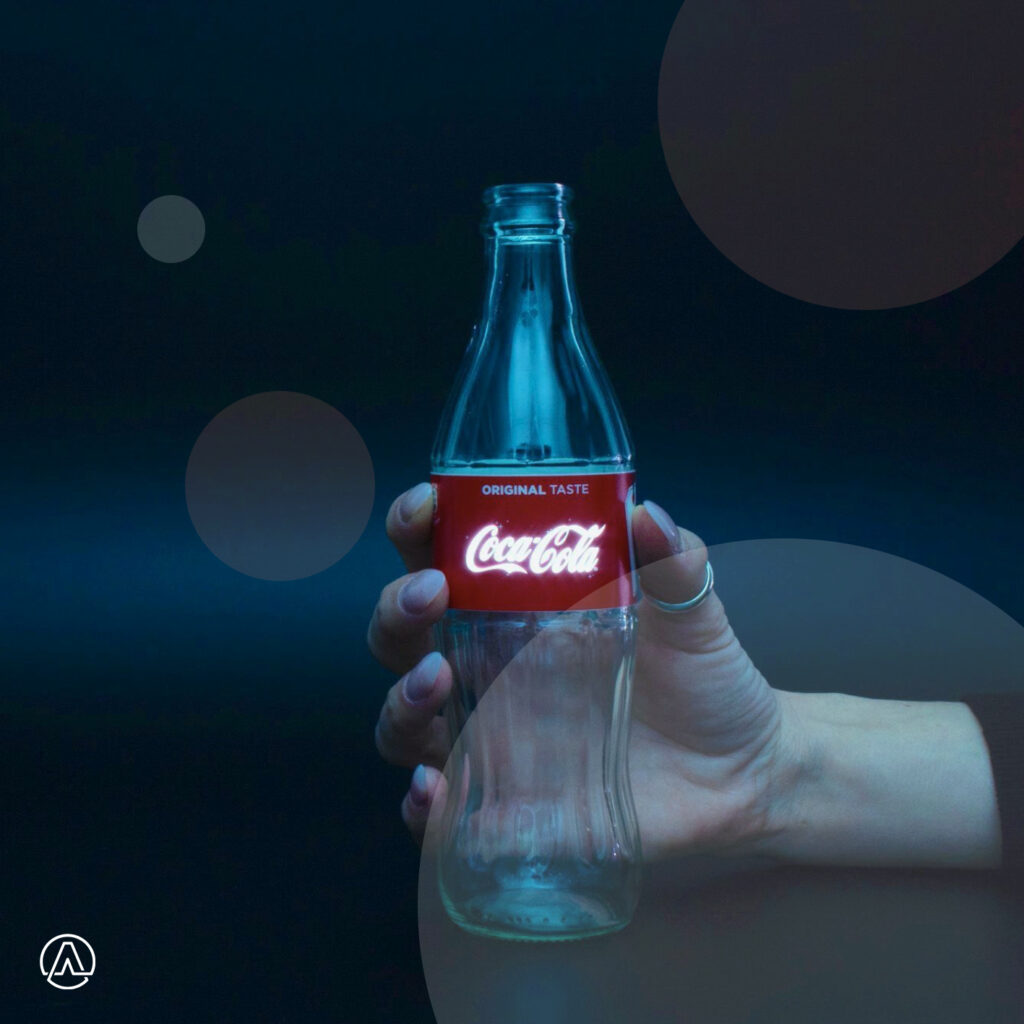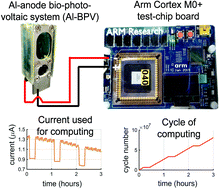When I was 2, I started my journey with skiing. My only regret is that I haven’t started professional career as a kid, but I am trying to improve my skiing by every opportunity. I even took coach courses and trainings to be able to spread my passion to others.
While looking how my major ( AI ) could be connected to my passion I stepped on a revolutionary and outstanding idea.
Skiing is all about understanding the forces around u and making your muscles to use them well ,to go as fast and efficient as you can. But it takes a lot of experience and many tries and errors to achieve that. It is crucial to see and understand your mistakes but still it takes many slopes to correct one.
For making the process shorter and more effective CARV introduced a device containing: shoe-pad an electronic processor and software ( app ) that measures every force and analyse it, to eventually correct your mistakes even in live timing via headphones. It collects hundred thousands of data to show you how your turns could be improved and what you should change to be faster and better.
If your hands are not in the right position, for example not as up front as they should be, they are misplacing the downforce from the tips of your ski to the back and you are losing traction and ability to turn. This app after such mistake, would show you how your shoe and skis were behaving during each phase of a turn and the most important- it would show you a solution and couple of exercises how to correct that.
I can see a bunch of potential in it, in case of professional and also amateur skiing. Professional teams can use it to analyse every slalom run and after every race or training, they would be able give the best possible feedback to their athlete. Also in FIS World Cup, Longines introduced really similar but simpler thing. Device that is showing all skier parameters during a run in live timing to the TV stations, making the championships and experience much more interesting to watch. For the amateur users who want to improve their skills, that device could be a tool that helps your personal trainer in doing his job just quicker and additionally, it could be great advertisement of such services. Just imagine a company campaign boasting about using AI to teach skiing.
In my opinion that is the future of teaching this sport and as we are often scared of many AI and tech news- we shouldn’t, because such devices won’t replace us as coaches but can help us in developing better performances and techniques of our customers. If you ask me, I would spend so much time studying this app, because at my level of experience, when I can correct my mistakes, usually by myself, it would save a lot of money and time to become a better skier and instructor. Let me know how about you, and in what sports AI and tech could be a game changer?
sources
Longines technology (FIS WC) : https://www.fis-ski.com/en/international-ski-federation/news-multimedia/news/article=longines-launches-live-alpine-data-system
AI in sports: https://imaginovation.net/blog/ai-in-sports-industry/
Carv review: https://www.skimag.com/gear/carv-ai-technology-for-skiers/











